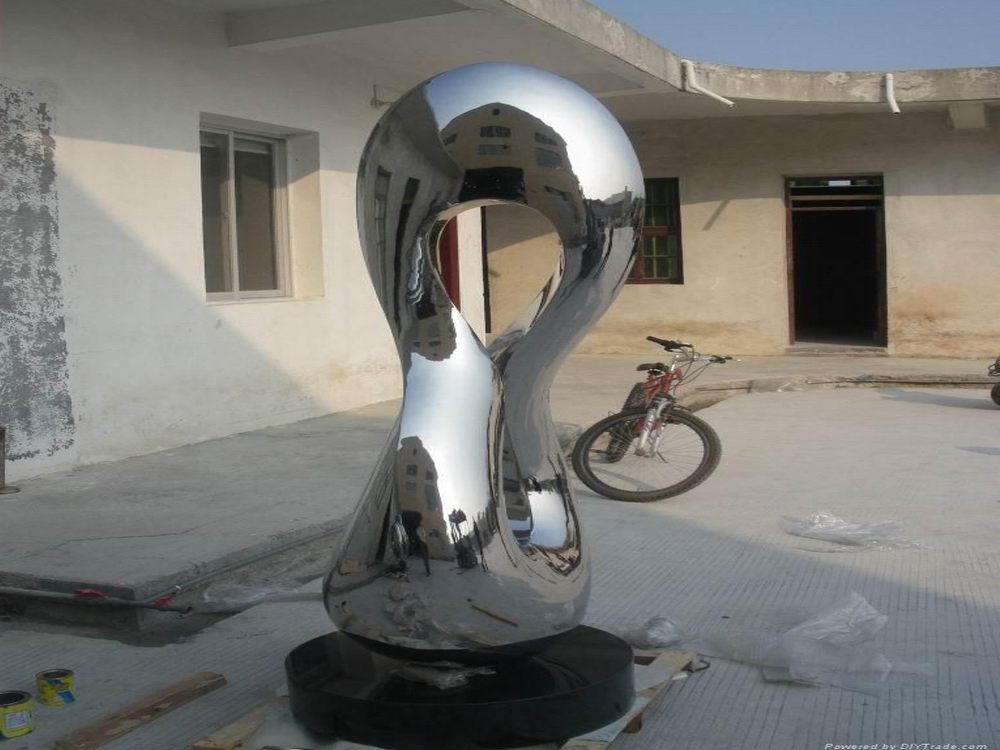
Bronze dance or movement sculptures have long captivated art enthusiasts with their ability to freeze fleeting moments of human motion into timeless metal. Among the most common themes in these sculptures is the celebration of classical dance forms, such as ballet or traditional cultural dances. Artists often depict the grace and precision of dancers mid-pirouette or leap, emphasizing the fluidity of movement.
Another prevalent theme is the portrayal of mythological or allegorical figures in motion. From Greek nymphs to celestial beings, these sculptures blend storytelling with dynamic poses, creating a sense of eternal energy. Modern interpretations frequently explore abstract or contemporary dance, using exaggerated lines and fragmented forms to convey emotion and rhythm.
Nature-inspired movements also feature prominently, with sculptures mimicking the sway of trees or the flight of birds. These pieces often symbolize harmony between humanity and the natural world. Lastly, many bronze dance sculptures focus on the human connection, capturing intimate partner dances or communal celebrations, where the interplay of figures tells a story of unity and joy.
Whether classical or avant-garde, bronze dance sculptures continue to enchant viewers by transforming ephemeral motion into enduring art.

